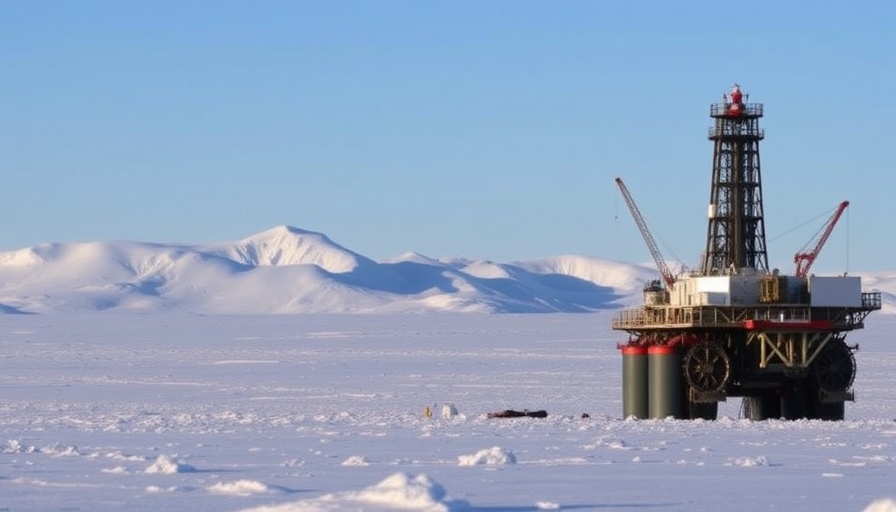
The Growing Global Energy Demand: An Overview
In 2024, the world witnessed an unprecedented demand for energy, with key sectors—including oil, gas, renewables, coal, nuclear, and hydropower—reaching record highs. This surge marks the first year in nearly two decades where all major energy sources saw growth according to the London-based Energy Institute's 74th Statistical Review of World Energy. Central to this development is China's influence, significantly shaping global energy trends.
China's Dual Role: Leader in Renewables and Major Emitter
Dr. Nick Wayth, CEO of the Energy Institute, provides a critical perspective on China's energy dynamics. He emphasizes that while China is a frontrunner in renewable energy expansion, it remains the largest emitter of carbon emissions worldwide. In 2024, around 60% of the country's electricity still depended on coal. This paradox highlights the complex nature of energy transitions today, where a nation can drive clean energy growth while simultaneously boosting its carbon footprint.
Renewables Break Records: A Ray of Hope
Despite the continued reliance on fossil fuels, renewable energy sources have shown impressive growth. Wind and solar could boast a remarkable increase of 16% in 2024, significantly outpacing total energy demand, which grew by just 2%. The rapid expansion of solar energy, projected to surpass wind power by 2025 or 2026, suggests a promising future for sustainable energy solutions.
The Future of Energy: Electrification on the Rise
Electricity demand itself rose by 4%, a trend that strengthens the narrative of an emerging global energy system largely defined by electrification. This progression particularly highlights the rapid modernization occurring in developing economies, where access to energy is becoming increasingly widespread. The transition to a high-energy society, fueled by electricity, reflects the society’s evolving dynamics, which many homebuyers and investors should take note of when considering property investments.
Lessons for Homebuyers and Investors
The record energy consumption levels may seem distant from the immediate concerns of property buyers and investors in the Dumfries market, but the implications of a shifting energy landscape are profound. As sustainability becomes a priority globally, buyers are likely to favor properties featuring energy-efficient designs and renewable resources. Investors should recognize emerging trends towards eco-friendly constructions and sustainable living solutions as essential market factors.
The Need for Sustainable Practices
As we navigate this complex energy terrain, the importance of integrating sustainable practices into new home designs cannot be overstated. Modern interior design can play a pivotal role in shaping the eco-friendly living spaces that are gaining popularity. Incorporating sustainable materials and techniques in home improvement can attract buyers who prioritize a minimal environmental footprint.
Closing Thoughts and Moving Forward
As energy consumption continues to evolve, understanding these trends provides valuable insights for homebuyers and investors alike. The crossover between renewable energy and traditional sources is reshaping our approach to property. Keeping abreast of these developments allows us to make informed decisions in a rapidly changing marketplace focused on sustainability and efficiency.
Understanding the energy landscape not only enhances your decision-making ability but also prepares you for upcoming shifts in the housing market. Stay informed about green building practices and energy technologies as these will be crucial factors in property value and desirability going forward.
 Add Row
Add Row  Add
Add 





Write A Comment